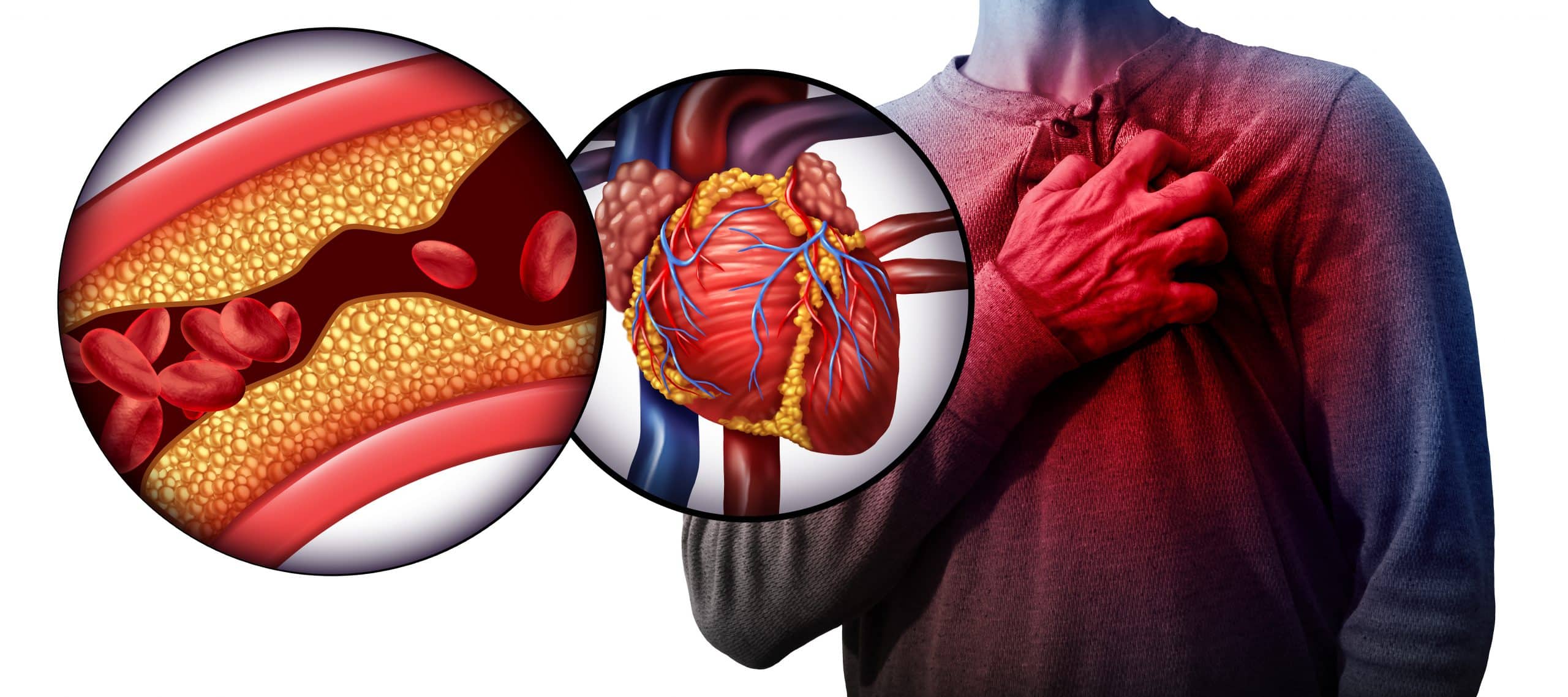02/28/2019
2019 AMERICAN HEART MONTH FOCUS: CHOLESTEROL
February is a time to celebrate love, romance and hearts, and not just the hearts filled with candy. February is American Heart Month, a time when people across the nation come together to raise awareness, promote heart healthy living, and put an end to heart disease. Last year’s American Heart Month was all about heart disease in younger adults, and this year’s focus is cholesterol. High cholesterol can be a major risk factor for heart attack and strokes, and because it shows no symptoms, it can be hard to detect. Here is what you need to know about American Heart Month and how you can spread awareness of heart health throughout February.
What is American Heart Month?
Heart disease can affect men and women of any age, race, or region. Every year, 1 in 4 deaths in the U.S. are caused by a heart condition, making heart disease the leading cause of death in America. However, heart disease is often preventable. That is the message of American Heart Month.
American Heart Month was established in 1963 as a way for Americans to fight back against heart disease. Every year, a presidential proclamation recognizes the work of physicians, researchers, volunteers, public health professionals, and everyone who is working to put an end to heart disease.
Hospitals, schools, health departments, and other facilities use this month as a way to raise awareness in their communities by wearing red, hosting free screenings, and educating the public on how to prevent heart disease from developing. Communities get together to hold walks, kid’s parties, formal balls, rallies, and other events as a way to raise awareness and funds for the cause. Here are some ways to get involved this year.
Wear Red Every February 1st
To kick off American Heart Month, people across the country wear red on Feb. 1 in support of Go Red for Women on National Wear Red Day. Join the movement to help raise awareness for heart disease in women and encourage your friends and family to do so as well.
Spread the Word
Since this year’s American Heart Month is all about cholesterol, raising awareness about what cholesterol is, how it can affect one’s health, and how one can maintain healthy cholesterol levels is a great way to celebrate. This can be done by talking to your friends and family in person or by posting about cholesterol online. Organizations like the CDC and Million Hearts have social media accounts that create great, shareable content about cholesterol health. You can share their articles, infographics, and posts on your personal social media or even write some of your own.
Make Small Changes in Your Own Life
In addition to raising awareness for others, don’t forget to be conscious of your own cholesterol levels and make small changes to improve your personal health. Here are a few things you can do to promote healthy cholesterol levels in your own life:
– Get routine checkups
As one gets older, cholesterol checks becomes a part of routine physicals. However, if it has been awhile since your last cholesterol check, or if you have never had one before, February might be the perfect time to schedule an appointment with your cardiologist.
– Regular aerobic activity
Exercising a few times a week can help raise the good high-density lipoprotein (HDL) cholesterol in your body. Just a simple 30 minutes of light exercise five times a week can do wonders for your cholesterol. Light exercise can include a brisk walk during lunch, biking to work or even playing in the backyard with your kids or grandkids.
– Eat heart-healthy foods
Eating heart healthy doesn’t have to be a chore. There are plenty of delicious heart-healthy foods options out there to keep you full and satisfied. Just remember to eliminate trans fats, reduce saturated fats, and be sure to get plenty of omega-3 fatty acids, soluble fiber, protein.
February is full of things to celebrate, but don’t forget to celebrate heart health as well. Raising awareness and practicing healthy living habits could be what it takes to prevent you or a loved one from experiencing heart disease in the future.Return



